In order to ensure the longevity of timber, it’s crucial to establish the correct Use Class (UC) for the intended purpose. The durability and decay-resistance of UC4 timber makes it suitable for a wide range of outdoor construction projects, but it's important to understand the benefits and limitations to ensure that it's the right choice.
Contents

The British Standard grading system covers five main categories ranging from UC1 to UC5, which are graded according to the potential threat of decay to the timber over time. Different environments require different Use Classes, and it's crucial to use the right one for its intended usage:
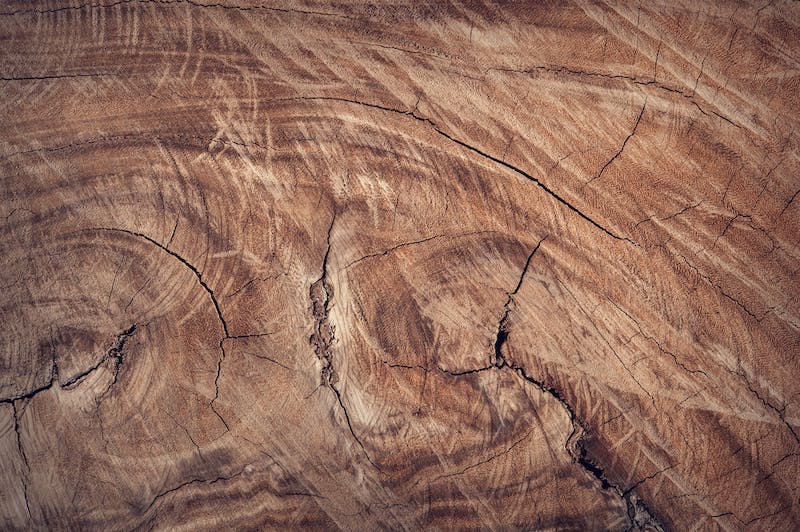
To receive a UC4 classification, timber must be able to withstand direct contact with the ground or fresh water without succumbing to rot or deterioration.
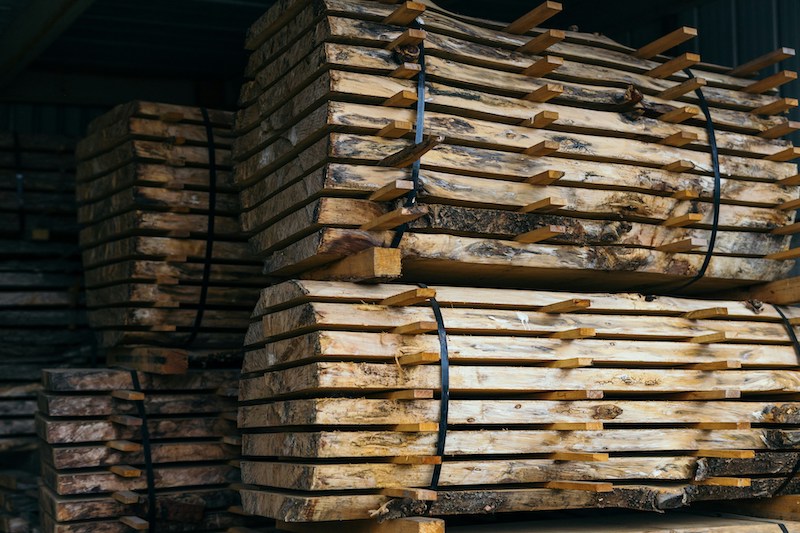
To meet these standards, UC4 treatment involves drying it down in a kiln to a moisture content of 28% or below, and then pressure-treating it with anti-rot preservatives.
This process allows the preservatives to penetrate deep into the surface of the wood, and provides a robust layer of protection against external elements, such as fungal decay and insect damage.
Because of UC4 timber's durable nature, it is recommended for in-ground applications such as decking joists, fence posts, retaining walls, and borders and walls made with railway sleepers.
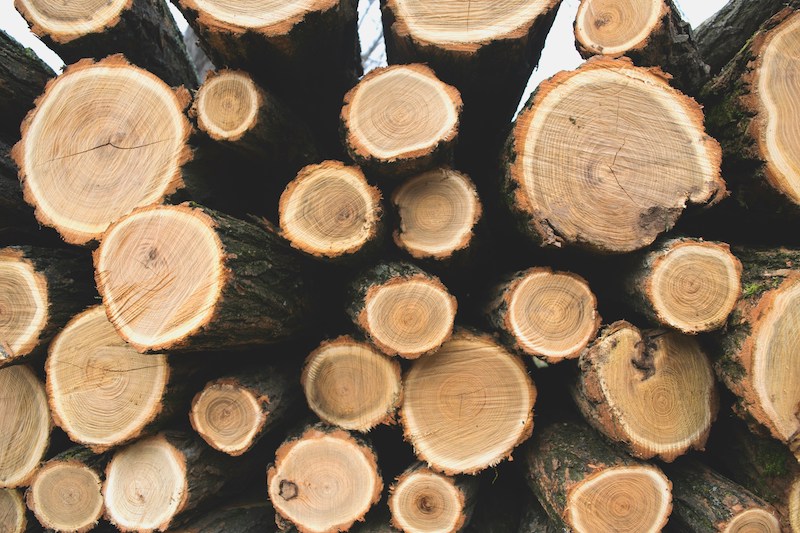
The lifespan of UC4 treated timber depends on various factors such as environmental conditions, maintenance, and the usage of the wood.

To achieve UC4 classification, timber must have a desired service life (DSL) of at least 15 years. However, whilst UC4 treatment offers the best protection for in-ground wood, a desired service life doesn’t offer a guarantee.
Postsaver Post Rot Protection extends the lifespan of Class 4 timber by providing a reliable protection against ground-line rot and decay, and offers a 20 Year Post Replacement Guarantee for fence and gate posts with UC4 treatment.

Suppliers can be asked to provide proof that their product meets its Use Class specification. The Wood Protection Association provides independent assessment of treated timbers via their WPA Benchmark Scheme, which verifies that treated timber will meet its marketed DSL.

Both UC3 and UC4 timber are pressure treated to a standard that equips them for outdoor use. However, whilst UC4 treatment qualifies it for in-ground applications, UC3 treated timber must only be used for structures and features that don't have any direct contact with the ground or water. This can include fencing panels, deck boards, and fascias and cladding on outdoor structures, such as pergolas and playground equipment.

The pressure treatment process of UC3 timber is less penetrative than that of UC4, making it more vulnerable to ground-line rot and decay. If UC3 timber is used for a fence post, for example, it will deteriorate much quicker and inevitably fail as a result of decay.
However, when using UC3 treated timber for its intended usage, it will have a similar DSL of 15 years or more.
When timber is going to be in permanent contact with the ground or fresh water, it's imperative to use Class 4 treated wood to avoid premature decay.
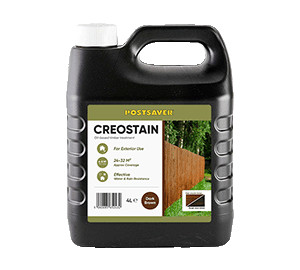

Establishing the correct timber Use Class is one thing, but deciding on what type of wood to use can be a little more difficult. It's worth considering that the penetration requirements for UC4 treatment depend on whether heartwood material can be differentiated from sapwood.

Pine is a permeable species and is one of the most popular types of timber for garden fencing and landscaping projects, due to its affordability and strength-to-weight ratio.
To meet UC4 treatment requirements, permeable species must undergo full sapwood penetration to meet the 15-year DSL requirement. For a 30-year DSL, they must have full sapwood penetration plus a minimum of 6mm into exposed heartwood.

Resistant species such as Spruce, Larch, and Douglas Fir are all common in outdoor constructions. Larch has an attractive appearance that makes it suitable for fencing and decking, whilst Spruce and Douglas Fir are often used for structural framing.
To meet UC4 treatment requirements, resistant species must have a minimum of 6mm penetration into sapwood to meet the 15 year DSL requirement. For a 30-year DSL, they must have 12mm penetration into sapwood plus a minimum of 6mm into exposed heartwood.
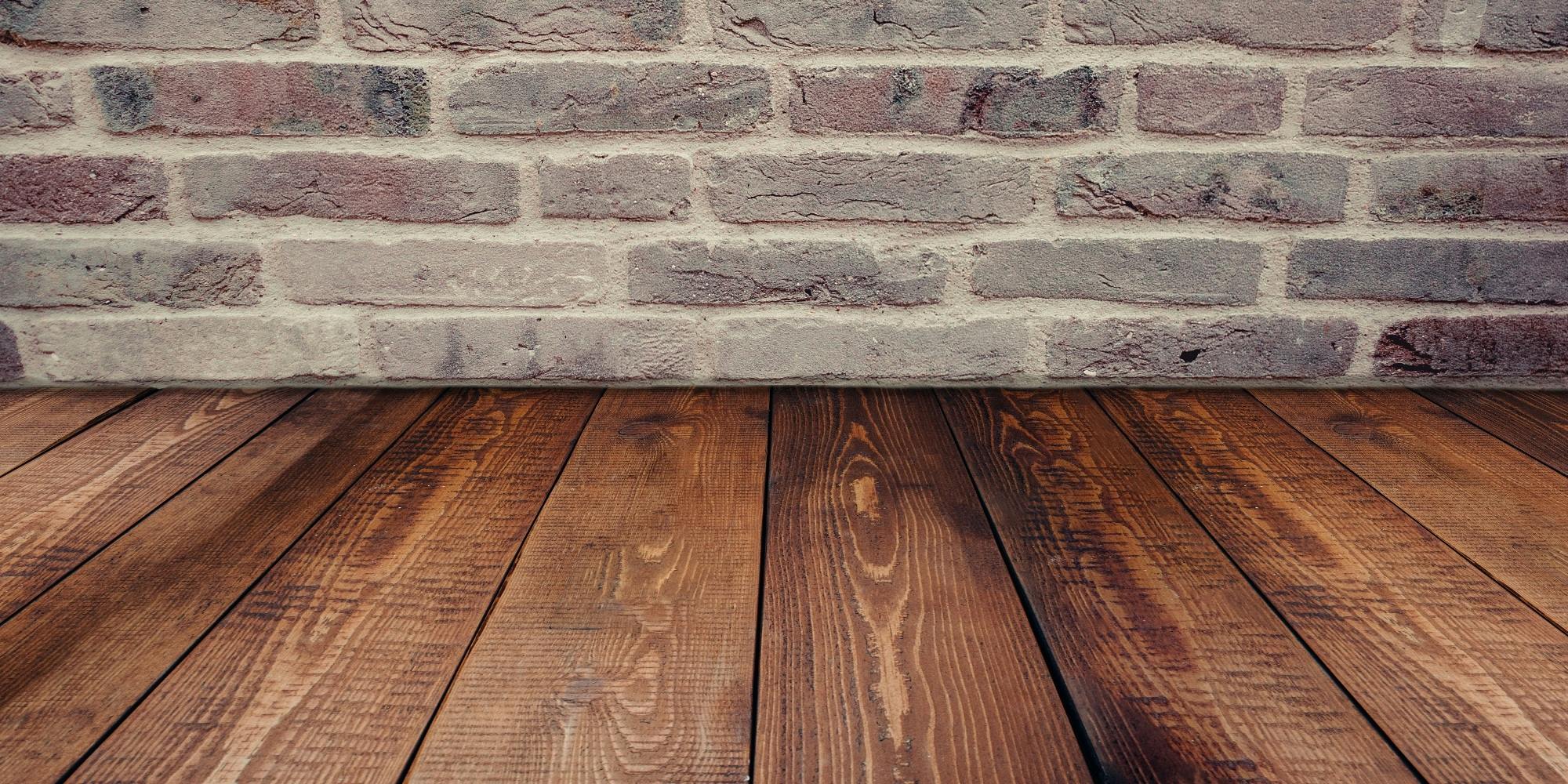
Wooden fence posts offer the most environmentally-friendly option on the market, and have a much smaller carbon footprint when compared to other materials. Unlike steel and concrete alternatives, timber is renewable, sustainable, and biodegradable, making it the most eco-conscious choice.
But not all wood is created equal, and the longer the service life of wooden fence posts, the greater the environmental benefit. When using Postsaver to protect UC4 fence posts, it not only extends the post's expected service life, but it protects the ground from contamination and greatly reduces CO2 emissions.

*Lifetime co2 emissions include co2 emissions to manufacture and replace each product over a 40-year period. A wood post stores 22kgs of CO2 which is taken into account in the calculations.
*Postsaver +PLUS is a longer wrap which protects more of the post, extending the guarantee.
*Postsaver products not only offer a UC4 treated post replacement guarantee, the product also protects the ground line which reduces ground contamination.

Tanalised timber refers to pressure treated timber that uses Tanalith E, a popular brand of wood preservative. Both UC3 and UC4 timber is always pressure treated wood, but not always Tanalised. However, Tanalith E is so common in the pressure treatment industry that the two terms are often used interchangeably.
Because UC4 treatment involves penetrating a deep layer of preservative around the outside of the wood, when it's cut, this breaks the barrier and exposes the untreated wood inside. Therefore, when cutting UC4 timber, use an end-grain treatment to protect the wood, and ensure that the cut end of the timber remains above ground. Post-cap or finials can also be fitted for additional protection.

To conclude, UC4 timber is the gold standard when it comes to outdoor, in-ground applications. With proper installation and maintenance, Class 4 treated timber can withstand harsh environmental conditions and offers a guaranteed lifespan of 20 years with addition of Postsaver products, providing confidence that it will stand strong against the test of time.


